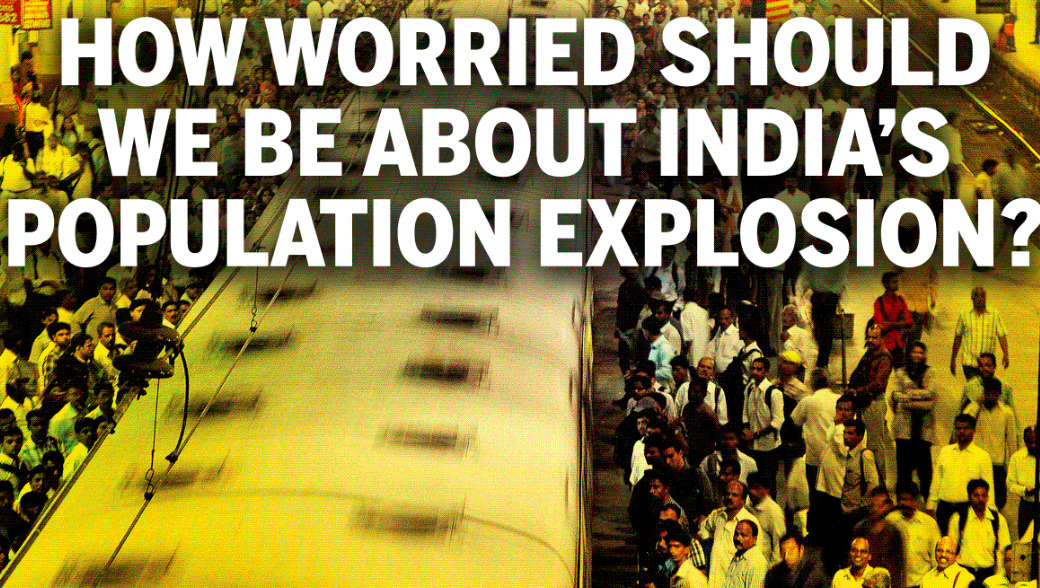It is a pretty well-established fact that India’s population is constantly rising and that at the moment, it is the second-most populated country in the world. But truth be told, away from these bamboozling statistics if one were to truly take cognizance of India’s population explosion, then perhaps standing at a crowded rail station during peak early working hours on a weekday or maybe gathered around the Red fort during the Prime Minister’s yearly address on the independence day would give a fair idea.
Hundreds of thousands of swarms of people, all from different walks of life, embroiled in daily chores, tasks, submerged in deadlines, tackling everyday challenges- that in bits and pieces- can somewhere give an accurate idea about India’s gigantic population.
But a question that should concern us is that just how much of worry does India’s population explosion generate?
An interesting reference to the above point can be made by comparing two contrasting statements, rather facts. One of these was shared by our hon’ble Prime Minister as he touched upon the aspect of the country’s population during his independence day address, wherein the fact that in seven years’ of time, India would overtake China to become the world’s most populous country and the statistics shared by the U.N. recently.
The UN, quite on the contrary to Shri Modi’s lecture suggests, India’s population growth has been stabilized and that, in the not so distant future, it shall even start declining.
Now, this leads to a bit of confusion. Are we really expanding enormously or is there no real need for worry? Perhaps a reference to the global fertility rate may solve a bit of the riddle. Globally, the fertility rate is considered the ‘replacement rate,’ meaning this is the rate at which the present numbers remain intact.
An alarming fact is that around the mid-2020s, somewhere India’s population- the rate at which it is rising- will overtake China’s. Furthermore, around 2060, India’s population will really peak, beyond which will lie the eventual fall.
This is where the UN projections conjure a telling fact. It is expected that in 2060, India’s population will reach an enormous 1.65 billion and then will begin to slide downwards. At the same time, some demographers happen to believe that the population decline might even occur earlier than that time period.
But that said, are there any recent demographic projections and what do they say? Well, according to the International Institute of Population Sciences, India’s population will continue to slow in the next to decades, growing less than 1% annually. Are we going to witness something telling in India’s population explosion?
To that end, it is being believed that from the period of 2031-to-2041, the population will grow only at 0.5%. And it is precisely here that the fertility rate- influenced or impacted by education and affluence- will factor in.
The way it works out is pretty simple: the higher the fertility rate, the lower the education level and vice-versa. At present, it’s important to note that the prosperous Jain community represents India’s lowest fertility rate. Interestingly, the female sex ration has a decisive role to play in this, but obviously. Back in 2015, the female sex ratio fell to an all-time low of 896.
This puts it succinctly: in less than half a decade ago, fewer female babies were born who would grow up to reproduce and therefore add only restrictively to the population. And when compared to the global average, there are more men vis-a-vis women in India’s population. This finally implies that there would have to be more than – 2.1 babies per woman- for India’s population to replace itself from one generation to the next.
So where it stands currently, it appears, India’s population explosion isn’t exactly an explosion in the coming decades of time.


